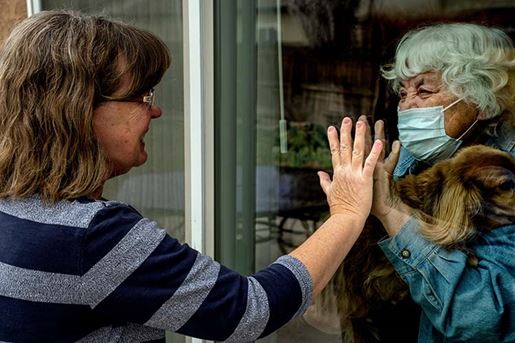Effects of Objective and Perceived Social Isolation on Cardiovascular and Brain Health
Published: August 04, 2022

- Estimates from national surveys noted prevalence estimates for loneliness range from 22% to 47%, and the risk of social isolation increases with age. The start of the COVID-19 pandemic exacerbated the increase in social isolation and loneliness and its impact appears most pronounced among older adults, women, and low-income individuals.
- A robust literature has documented the deleterious effects of social isolation and/or loneliness on mortality, particularly in older adults. However, there has been less focus on effects of social isolation on and among individuals with or at risk for cardiovascular disease (CVD), and a lack of well-done and rigorous intervention studies.
- This scientific statement will fill these gaps and provide needed guidance to the scientific community to accelerate a research and practice agenda related to effects of social isolation on cardiovascular health (CVH) across population groups.
Supporting Materials
- Commentary: Social Isolation, Loneliness and Cardiovascular Health: The Art of Listening! by Bernhard Haring, MD, MPH
- Top Things to Know: Effects of Objective and Perceived Social Isolation on CV and Brain Health
- News Release: Social isolation and loneliness increase the risk of death from heart attack, stroke